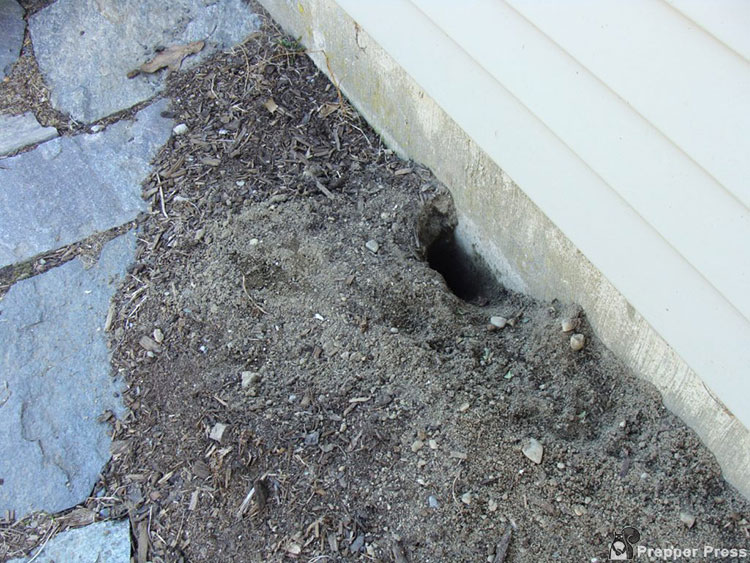No matter if it’s summer or winter, you can’t go wrong with a houseboat vacation. Although there are plenty of lakes in the Southwest, below are the best places to rent a houseboat in Arizona.
Lake Powell
With a max length of 186 miles and just about 2,000 miles of shoreline, Lake Powell is an ideal place to rent a houseboat in Arizona because of its sheer size alone. In fact, it’s the second largest man-made reservoir by maximum water capacity in the U.S. behind Lake Mead (which also made this list). Lake Powell is located on the border of Utah and Arizona; however, you’ll spend most of your time on the Utah side.
Houseboating on Lake Powell is popular because of its ideal conditions all year long. During the summertime, water temps are around 70 to 80 degrees, perfect for swimming and other recreational activities. There are also plenty of places to anchor and explore. A popular place to hike at Lake Powell is Rainbow Bridge National Monument.
Lake Mead
Lake Mead is another great houseboating destination in Arizona. Bordering the southern tip of Nevada, Lake Mead is 110 miles long with over 550 miles of shoreline. People head to this lake each year to enjoy boating, swimming, fishing, and the sun! Popular attractions nearby include the Historic Railroad Trail, Goldstrike Canyon, Arizona Hot Springs, plus many more paved and unpaved trails throughout Lake Mead Recreation Area. It is also known as a great bass fishing lake, hosting the U.S. Open each year.
Lake Mohave
A bit smaller than the other two lakes on this list, Lake Mohave spans 67 miles from top to bottom with over 230 miles of shoreline. Houseboaters enjoy this lake because it offers stunning canyon views and tons of sandy beaches to park and play. Lake…











 The Hole – again. Time for lethal measures…
The Hole – again. Time for lethal measures… 